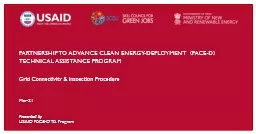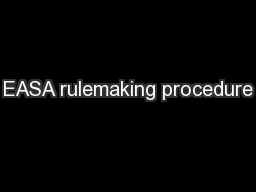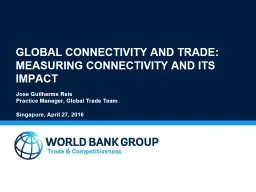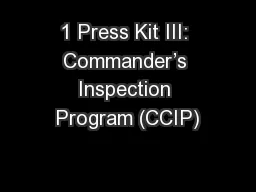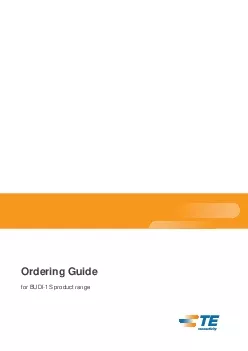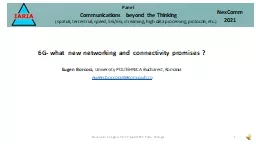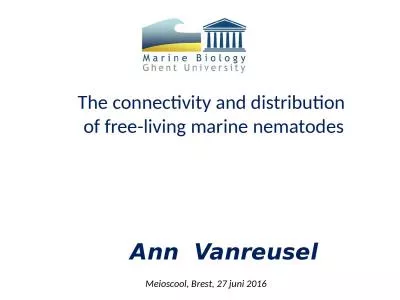PPT-Grid Connectivity & Inspection Procedure
Author : lily | Published Date : 2022-06-07
PARTNERSHIP TO ADVANCE CLEAN ENERGYDEPLOYMENT PACED TECHNICAL ASSISTANCE PROGRAM Session Contents Applicable standards and regulations for grid connectivity of SPVRT
Presentation Embed Code
Download Presentation
Download Presentation The PPT/PDF document "Grid Connectivity & Inspection Proce..." is the property of its rightful owner. Permission is granted to download and print the materials on this website for personal, non-commercial use only, and to display it on your personal computer provided you do not modify the materials and that you retain all copyright notices contained in the materials. By downloading content from our website, you accept the terms of this agreement.
Grid Connectivity & Inspection Procedure: Transcript
Download Rules Of Document
"Grid Connectivity & Inspection Procedure"The content belongs to its owner. You may download and print it for personal use, without modification, and keep all copyright notices. By downloading, you agree to these terms.
Related Documents

